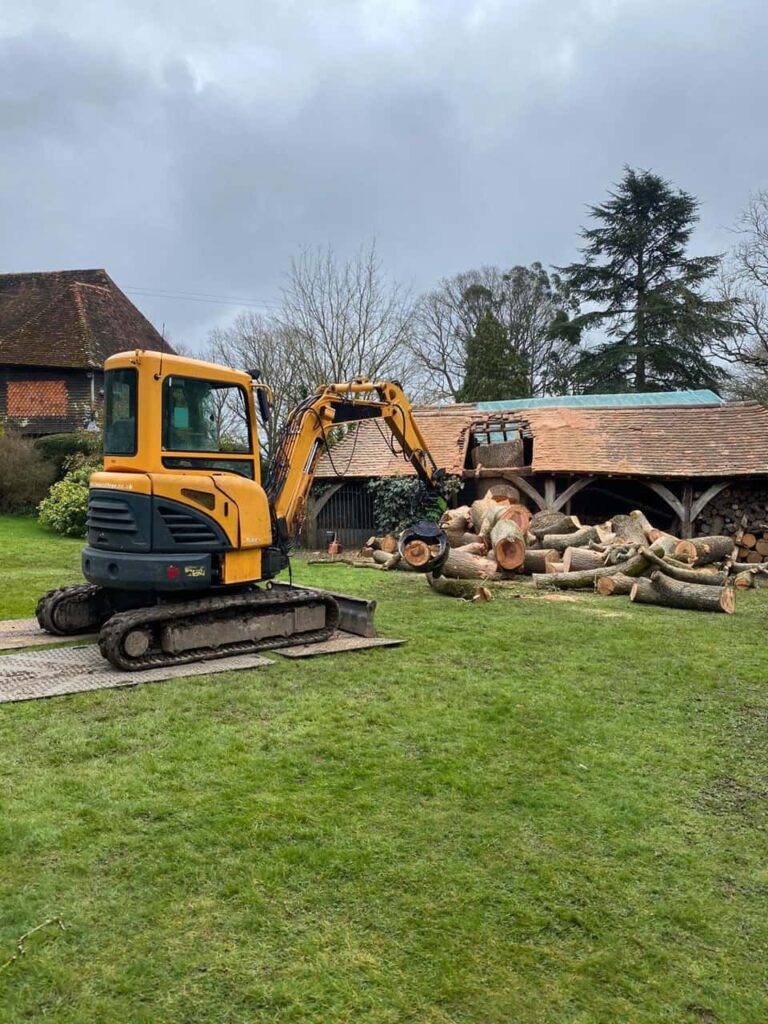Scaling Great Heights: Arborists and Tree Climbing Techniques
Introduction: Arborists, often called tree surgeons, are the unsung heroes of our urban landscapes. Their work involves the careful maintenance and preservation of trees and the mastery of tree climbing techniques that allow them to reach great heights safely and efficiently. In this blog post, we’ll explore the world of arborists and the specialised tree-climbing techniques they use to keep our cities green and healthy.
- The Arborist’s Role
Arborists are skilled professionals dedicated to caring for, maintaining, and managing trees and woody plants. Their responsibilities include:
Tree Pruning: Removing dead or diseased branches to promote healthy growth.
Tree Removal: Safely and efficiently removing trees that are dangerous to people or property.
Tree Planting: Selecting and planting suitable tree species for urban environments.
Disease Diagnosis: Identifying and treating tree diseases to ensure their longevity.
Tree Climbing: Using specialised techniques and equipment to safely access various parts of a tree.
- Tree Climbing Techniques
Tree climbing is an essential aspect of an arborist’s job. To access the canopy for pruning, inspection, or removal, arborists rely on a range of tree climbing techniques, including:
Rope and Harness: Arborists wear a harness attached to a climbing rope. They ascend and descend using various knots and hitches, such as the Blake’s hitch or the Prusik knot. These knots allow them to control their movement while in the tree.
Climbing Spurs: Climbing spurs are spikes attached to an arborist’s boots. They are used to grip the tree trunk securely while climbing. However, they are typically avoided when climbing healthy trees to minimise damage.
Aerial Lifts: For more giant trees or when precision is crucial, aerial lifts or bucket trucks may be used. These provide a stable platform for arborists to work from and can reach impressive heights.
SRT (Single Rope Technique): SRT is a modern climbing method that relies on a single rope and mechanical ascenders for movement. It allows arborists to move efficiently through the canopy.
DRT (Doubled Rope Technique): DRT involves using two ropes, one for ascent and one for descent. It offers versatility and control when navigating complex tree structures.
- Safety is Paramount
Tree climbing is a high-risk activity that requires rigorous safety measures. Arborists undergo extensive training to ensure they can work safely at heights. Key safety considerations include:
Proper Equipment: Arborists use certified climbing equipment, including helmets, harnesses, ropes, and carabiners.
Regular Inspections: All equipment is inspected regularly to ensure it is in good condition.
Risk Assessment: Arborists assess the tree’s health and structural stability before climbing.
Emergency Preparedness: Arborists are trained to handle emergencies, such as getting stuck in a tree or assisting a distressed co-worker.
Conclusion: Arborists are a vital part of urban forestry, responsible for maintaining the health and safety of our trees. Their tree climbing techniques, combined with their deep knowledge of arboriculture, ensure that trees thrive in our cities and pose minimal risk to the public. At Long Eaton Tree Surgeons, we take pride in our skilled arborists, who are dedicated to preserving and caring for the trees that enhance our environment. Their expertise and commitment are the foundation of our work in scaling great heights to protect and nurture urban trees.
Call us on: 0115 647 3811
Click here to find out more about Long Eaton Tree Surgeons
Click here to complete our contact form and see how we can help with your tree’s needs.

